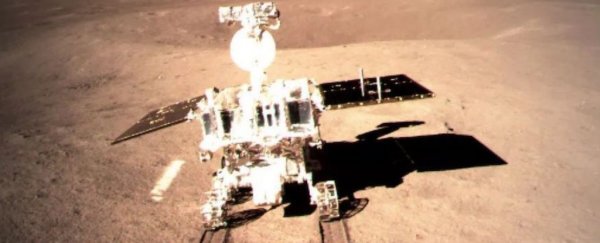We have been closely following the progress of Chang'e-4, the Chinese Moon lander that touched down on the far side of the Moon last week and released a rover called Yutu 2.
As the first soft landing on the far side of the Moon in history, the mission was a coup for the Chinese space program.
But reporting by Bloomberg suggests that the Chinese government could have an ulterior motive: scoping out whether the Moon contains an isotope the nation could used to fuel interplanetary missions.
The fuel in question is helium-3, the non-radioactive isotope featured in the 2009 Duncan Jones film Moon. Lunar regolith may be rich in helium-3, which could theoretically be a compelling source of fusion energy - or even power next-generation fusion rockets.
That's all far in the future, but that doesn't mean space pioneers in China don't have their eyes on the prize.
"China thinks in decades," Clive Neal, a lunar expert at the University of Notre Dame, told Bloomberg.
"The US thinks in presidential terms."
This article was originally published by Futurism. Read the original article.
